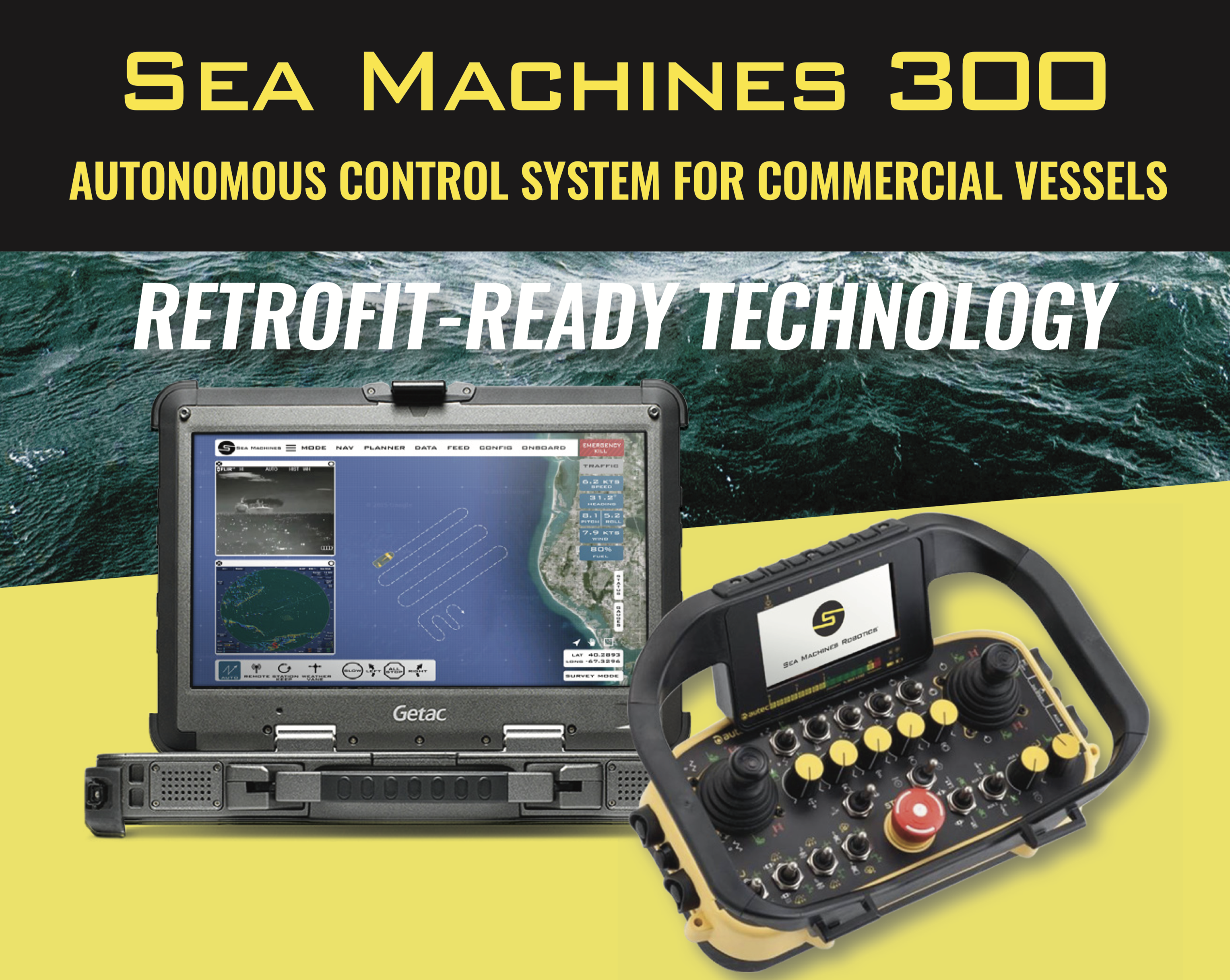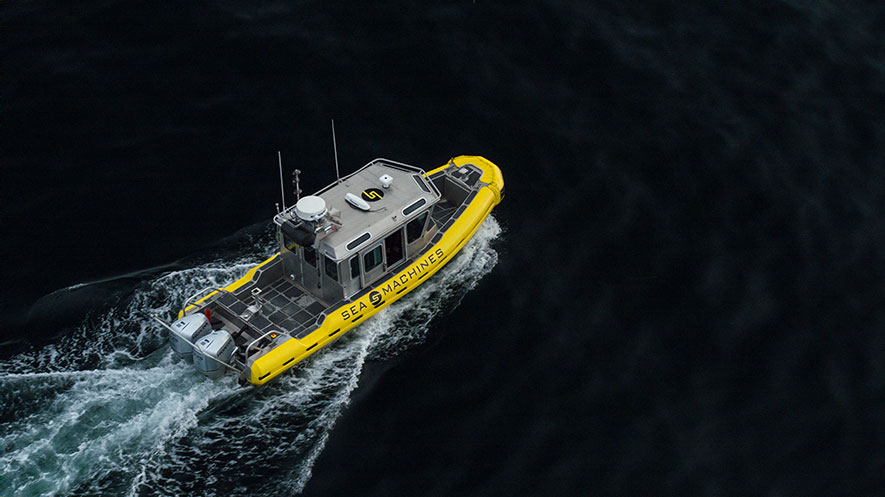According to the U.S. Department of Energy, the marine spill response and recovery industry annually responds to and cleans up 1.3 million gallons of petroleum spilled into U.S. waters from vessels and pipelines. Autonomous technology has the power to not only help prevent vessel accidents that can lead to spills but can also facilitate better preparedness; aid in safer, more efficient clean-ups; and provide more meaningful, post-event learnings.
Prevention
Similar to the collision-avoidance and safety alert features installed in today’s automobiles, marine robotics engineers are enabling prevention technologies on the water. The use of advanced camera software and Light Detection and Ranging (LiDAR), are empowering maritime artificial intelligence (AI), and enabling new navigation tools for crew. These autonomous marine systems provide vessel operators with real-time data for decision making, as well as critical alerts.
Preparedness
Ship-handling terminals deploy shore-based autonomous vessels that can be electronically dispatched, allowing for the quickest possible response- without human intervention.
Response
Vessels outfitted with autonomous technology are at an advantage during spill events. Some, which can be crewless vessels powered by remote-control technology, can be sent to an incident site to survey the spill size and spread, toxicity, currents and more. These automated vessels, equipped with environment assessment sensors, can provide feedback on air and water quality back to responders without risking their wellbeing. In spill response, this safety measure is the single-most important feature of autonomous vessel technology because it removes crew from known carcinogenic environments.
Recovery
Once a spill survey is complete, safe recovery operations usually involve a large mothership which has storage capacity for the oil. These larger vessels are the perfect hosts for autonomous daughter craft, which can complement manned recovery efforts.
First, vessels can efficiently dual-tow boom around the spill area for containment and collection. With an autonomous daughter craft under remote control via a computer on the bridge of a mother ship, the vessel operator can easily control the speed and course of the daughter craft during spill-boom towing operations.
Second, the standard four-to-six-hour shift changes required for traditionally crewed daughter craft are no longer needed with an autonomous control system. Additionally, spill operations can continue 24⁄7, since no dangerous over-the-rail personnel transfers are needed on unmanned surface vessels (USV). These combined benefits can yield a 150 percent gain in operational efficiency, significantly reduced crew risks, and improved accuracy and tracking capabilities.
Third, when complimentary technologies, such as KOSEQ’s Rigid Sweeping Arms (a system that uses rigid arms to direct collected oil into a skimmer) or autonomous skimmers, are added to the solution, the recovery effort undergoes a positive multiplier effect with minimum crew.
Post-spill analysis
With automated technology installed on board response vessels, the data generated for spill site surveys, containment, and collection is automatically recorded and saved for reference, analytics and archival. Lessons learned from data-based, computer-generated reporting are invaluable to future spill-prevention programs and recovery efforts.
Affordable and available now to vessel operators
 Sea Machines’ automated vessel system, the Sea Machines 300 can be retrofitted aboard existing commercial vessels or added to construction plans for new ones. Installation of the Sea Machines system typically requires no more than 10 components and it can be applied to all types of commercial vessels, including ships, workboats, science and survey vessels, military and security craft, fishing and aquaculture boats, and yachts. Working with the builders of spill-response boats, such as Munson, Rozema and Hike Metall, as well as technology companies such as Extreme Spill Technology, will lead to new developments in spill-response capabilities and improved safety, reliability and efficiency in mitigating environmental impact of spills. For more information, click here.
Sea Machines’ automated vessel system, the Sea Machines 300 can be retrofitted aboard existing commercial vessels or added to construction plans for new ones. Installation of the Sea Machines system typically requires no more than 10 components and it can be applied to all types of commercial vessels, including ships, workboats, science and survey vessels, military and security craft, fishing and aquaculture boats, and yachts. Working with the builders of spill-response boats, such as Munson, Rozema and Hike Metall, as well as technology companies such as Extreme Spill Technology, will lead to new developments in spill-response capabilities and improved safety, reliability and efficiency in mitigating environmental impact of spills. For more information, click here.





